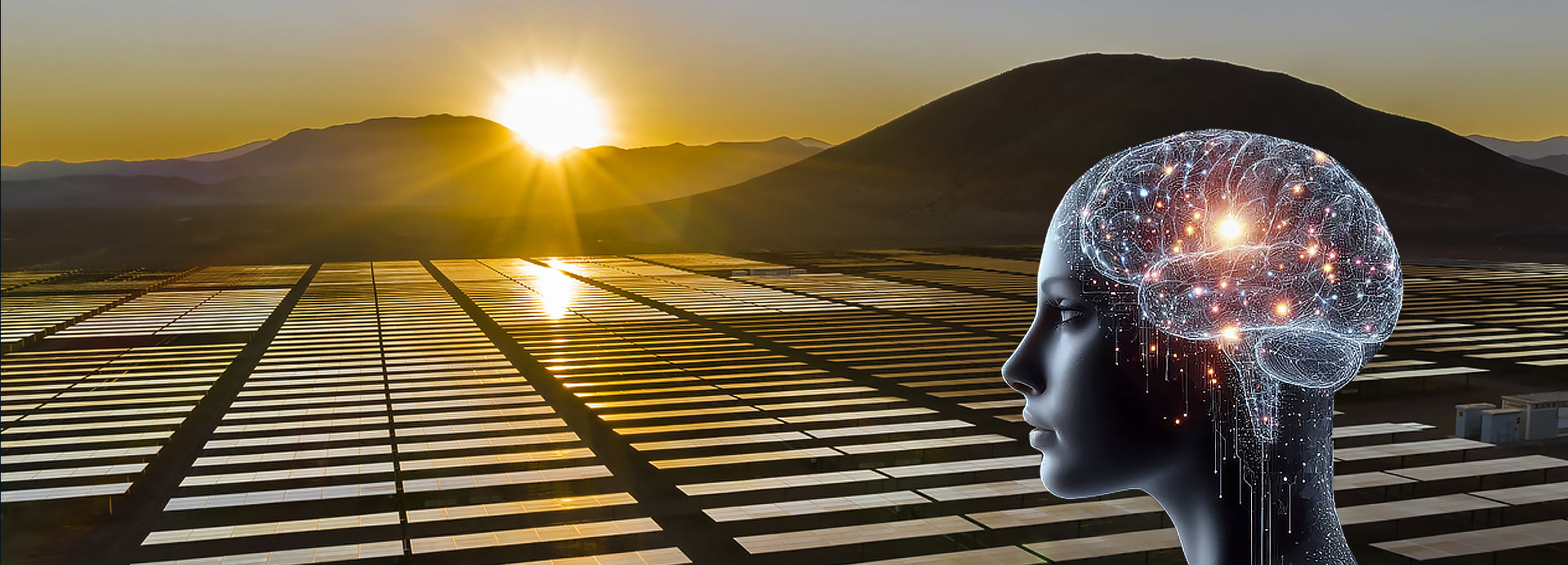
Large Solar Farms: The Future of Energy with Emerging Technologies
Large solar farms play a crucial role in the global transition to renewable energy. These vast installations, harnessing the sun's power, generate clean electricity that helps reduce our reliance on fossil fuels. While they offer tremendous benefits, the future of solar farms is being shaped by innovations in material science, particularly the development of graphene and perovskite, which are significantly improving solar efficiency and energy storage.
Graphene and Perovskite: Boosting Solar Efficiency
Current solar farms use traditional silicon-based solar panels, which have an average efficiency of around 20%. However, new technologies, such as graphene and perovskite solar cells, are pushing that efficiency to 30% or more. Graphene improves conductivity and light absorption, while perovskite enhances the overall power output. By integrating these advanced materials, future solar farms can generate more energy using less land, making large-scale solar farms even more viable.
Examples of Solar Farms in Australia
Australia, known for its sunny climate, is home to some of the largest solar farms in the world, such as the Limondale Solar Farm and Darling Downs Solar Farm. These facilities are crucial to the country's goal of reducing carbon emissions. With the potential integration of graphene-enhanced technologies, Australia could further boost its renewable energy production, positioning itself as a global leader in solar power generation.
Overcoming Challenges: Solar Farm Limitations
While solar farms have immense potential, they are not without challenges. Solar farms only produce energy when the sun shines, which means energy production dramatically reduces on cloudy days and stops entirely at night. To overcome this limitation, highly efficient energy storage systems are essential. Graphene super batteries offer a promising solution, providing powerful and long-lasting storage capabilities that can ensure a consistent energy supply even when sunlight is unavailable. These supercapacitors could be integrated into solar farms to store excess energy generated during the day and supply it when demand is high or sunlight is limited.
In addition, solar farms often contribute to the heat island effect, where large areas of photovoltaic panels absorb sunlight and re-radiate heat, raising local temperatures. This is a particular concern in arid regions like Australia, where the ecosystem is sensitive to temperature changes. New designs and cooling systems are being developed to mitigate this effect and ensure solar farms remain environmentally friendly.
Graphene Super Batteries and Supercapacitors: A Game Changer
In addition to improving solar panel efficiency, graphene super batteries and supercapacitors are set to revolutionize energy storage. These devices charge quickly and store large amounts of energy, which is vital for solar farms to maintain consistent power output during periods of low sunlight. With the ability to handle fast charging and long-lasting power retention, graphene energy storage systems can greatly enhance the reliability of solar power.
Building Research and Production Facilities in Australia and the Asia-Pacific
The potential of graphene and perovskite technologies presents exciting opportunities for economic growth, especially in the Asia-Pacific region. By investing in research and production facilities, Australia could become a global hub for manufacturing these cutting-edge solar and energy storage solutions. This would not only accelerate the adoption of renewable energy but also create thousands of high-tech jobs in sectors like engineering, manufacturing, and research and development. The ripple effects of these technologies could impact industries from transportation to electronics, establishing Australia and the Asia-Pacific as leaders in clean energy innovation.
Employment Opportunities and Industry Transformation
The advancement of solar farms and graphene-based technologies could lead to the transformation of many industries, creating new jobs and boosting local economies. As Australia positions itself as a center for innovation in solar energy and energy storage, it could attract significant investment, fostering a robust high-tech job market. Sectors like manufacturing, energy management, and technological innovation will see growth, opening doors to new employment opportunities and driving industrial change across the region.
Conclusion: Advancing Solar Farms for a Sustainable Future
The integration of graphene, perovskite, and super battery technologies will push the boundaries of solar farm efficiency, making renewable energy more accessible and reliable. Despite challenges like the heat island effect and reduced energy production during non-sunny periods, the future is bright for large solar farms. With continued innovation and investment, solar farms will be a cornerstone of the clean energy revolution, powering our cities and industries sustainably while creating jobs and economic growth in Australia and beyond.

